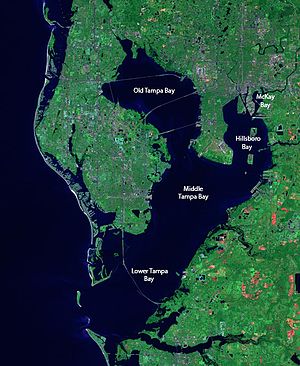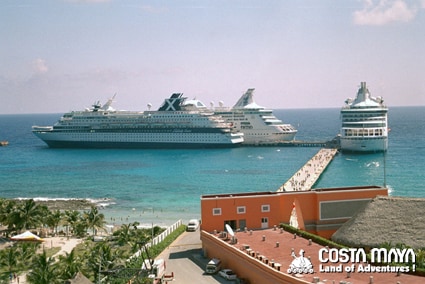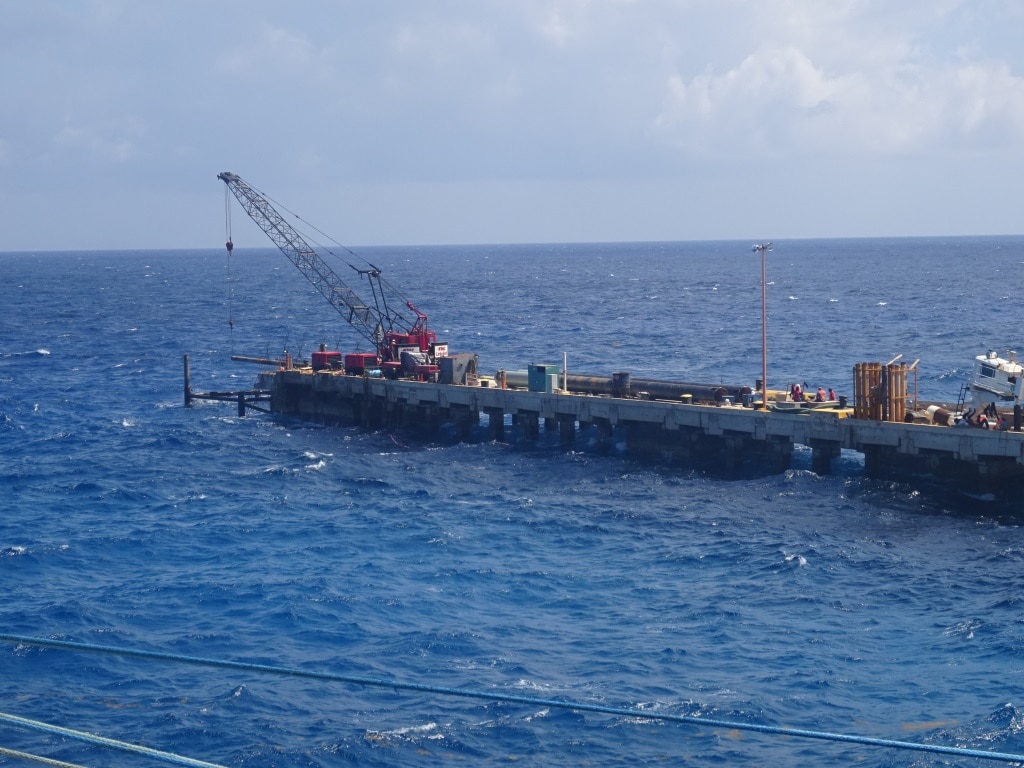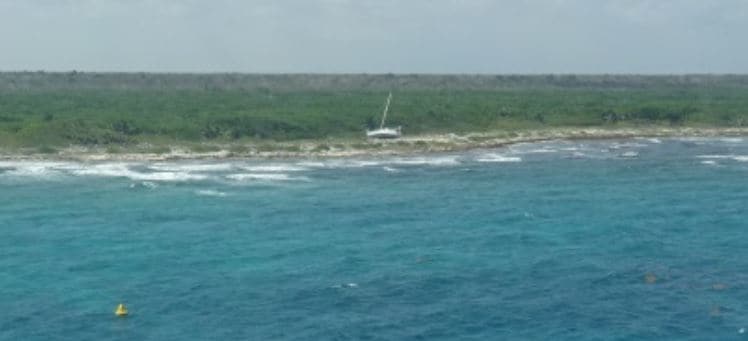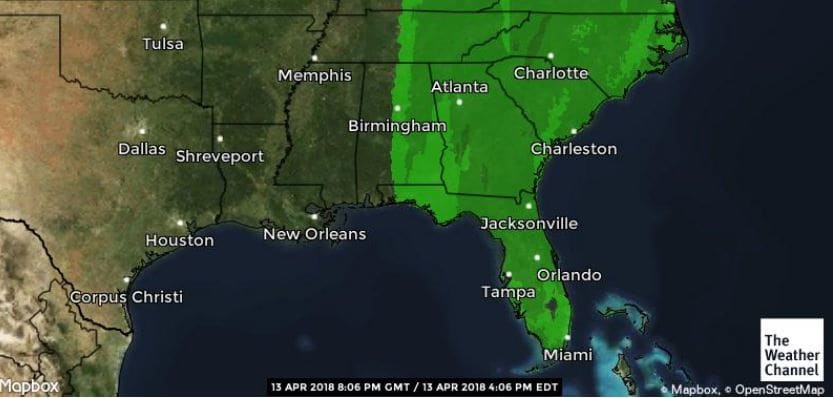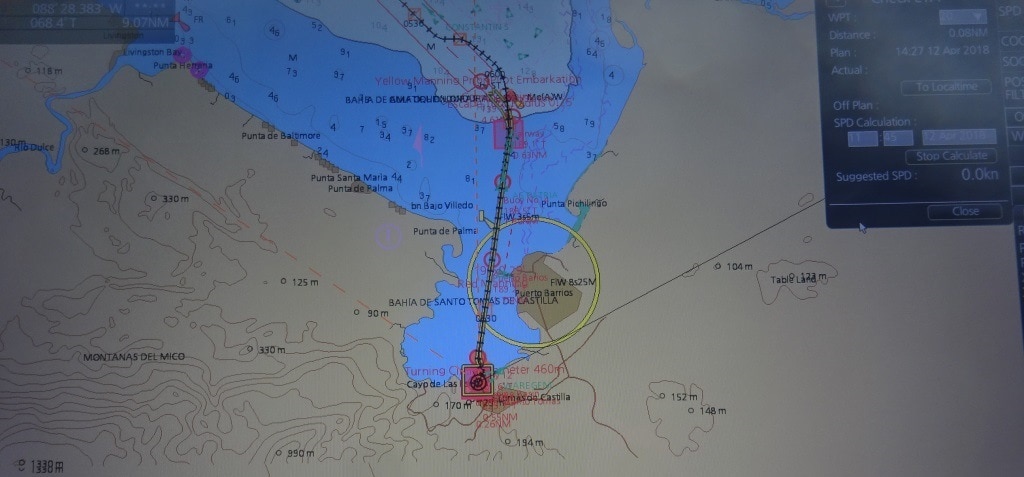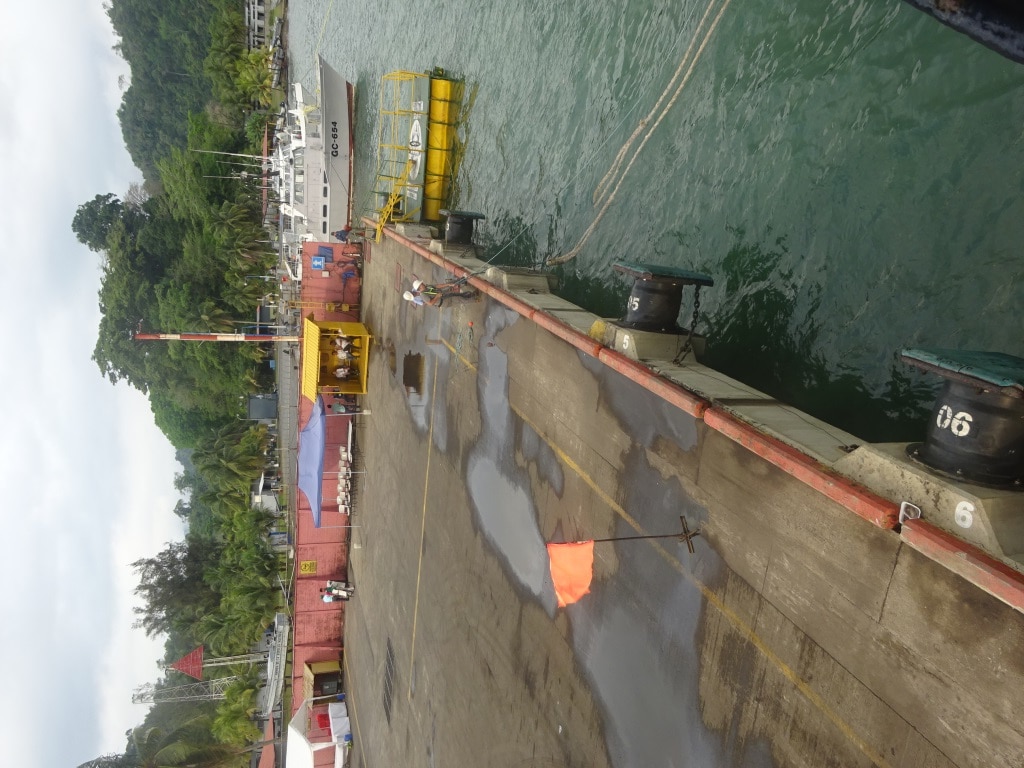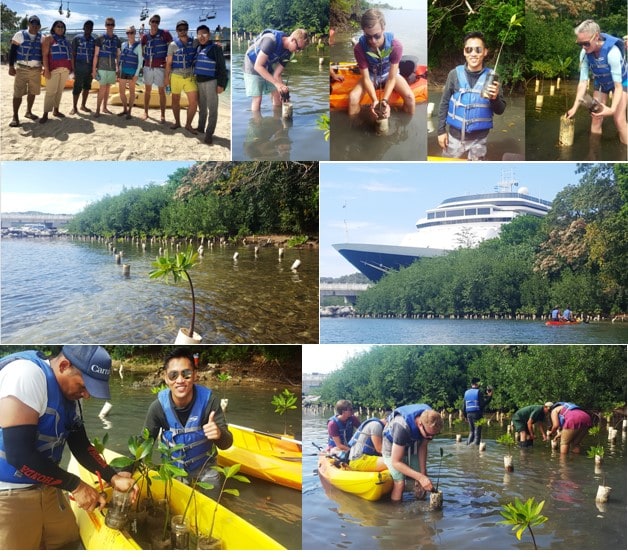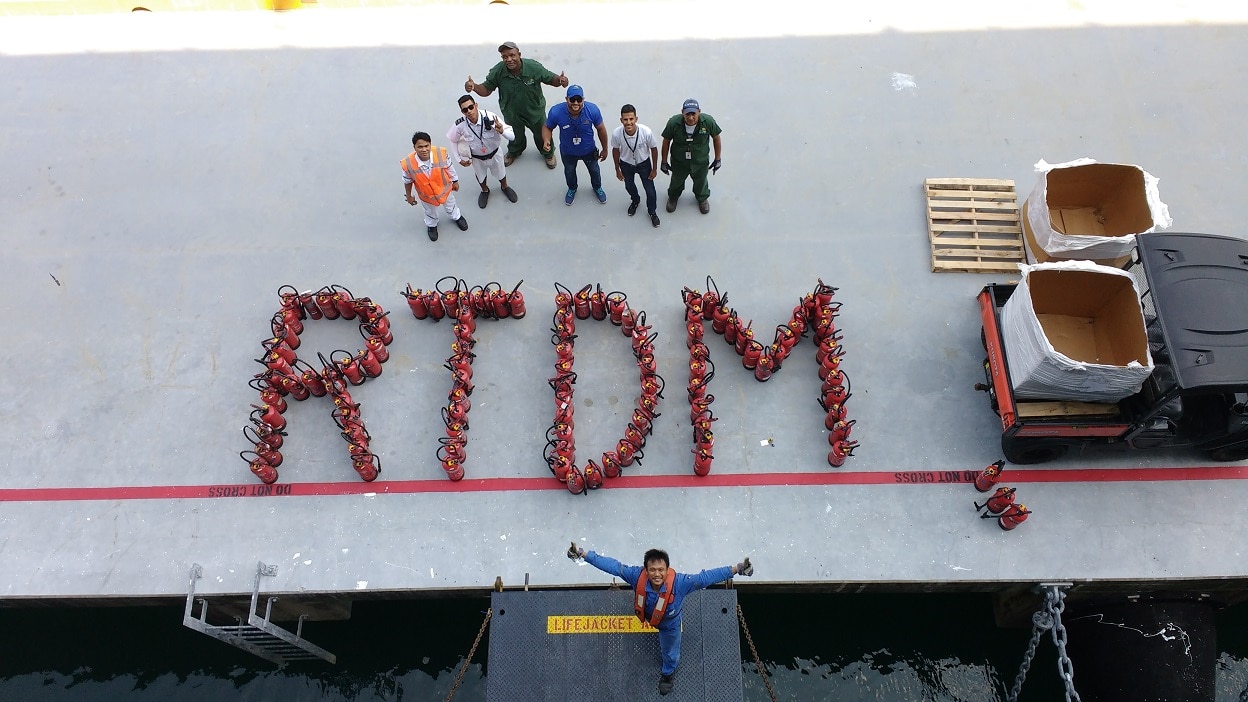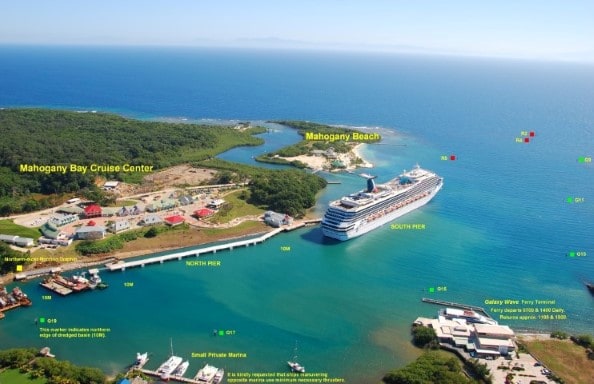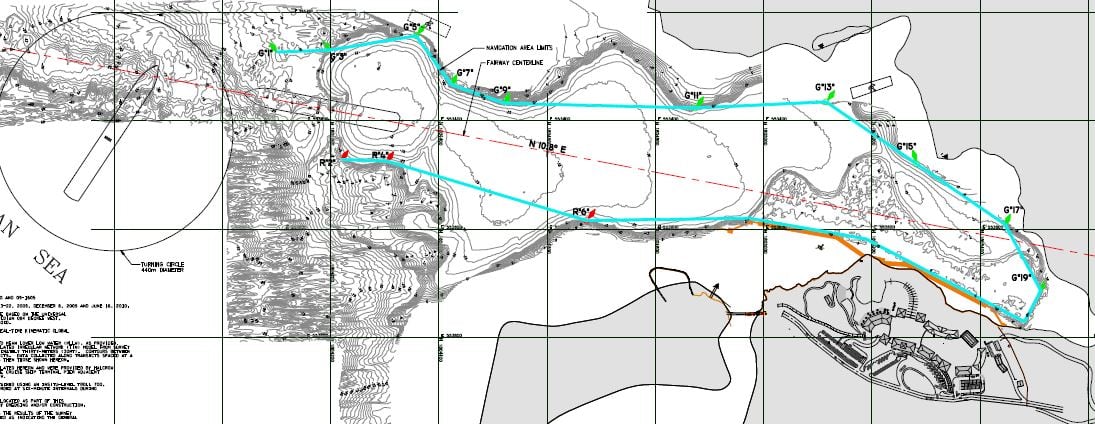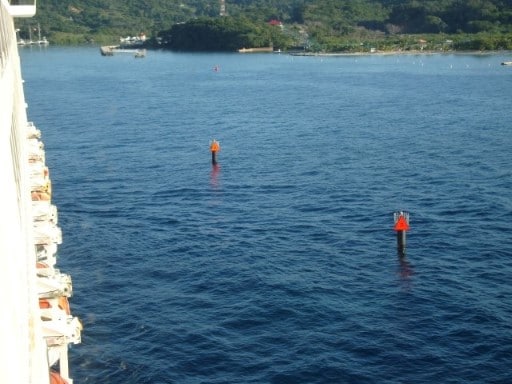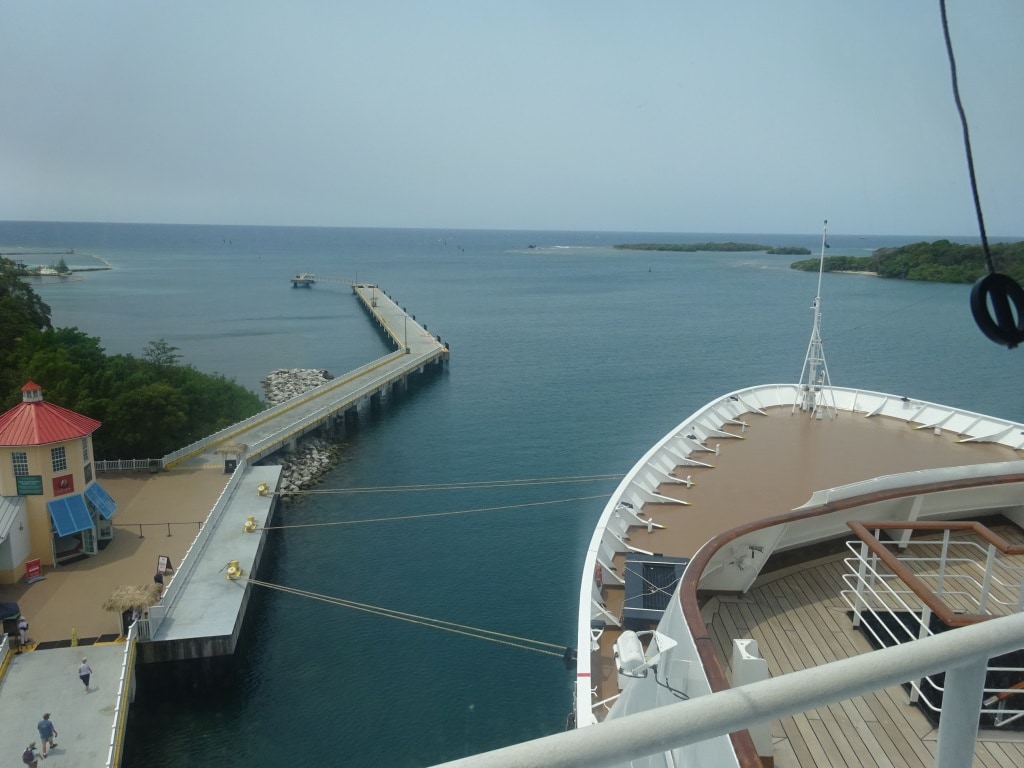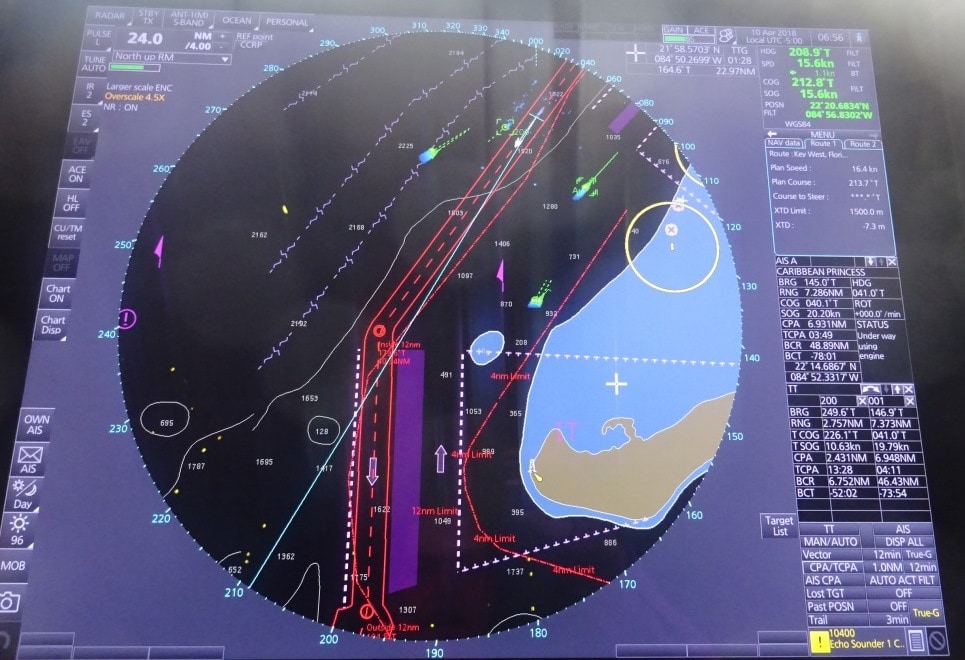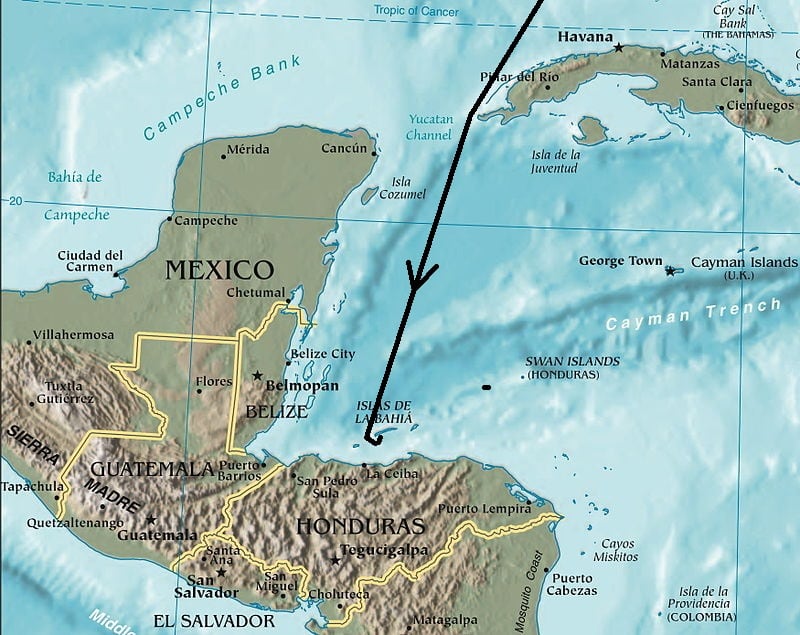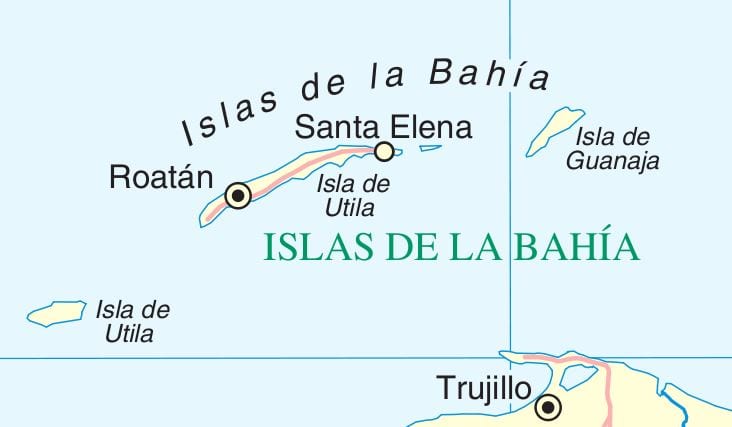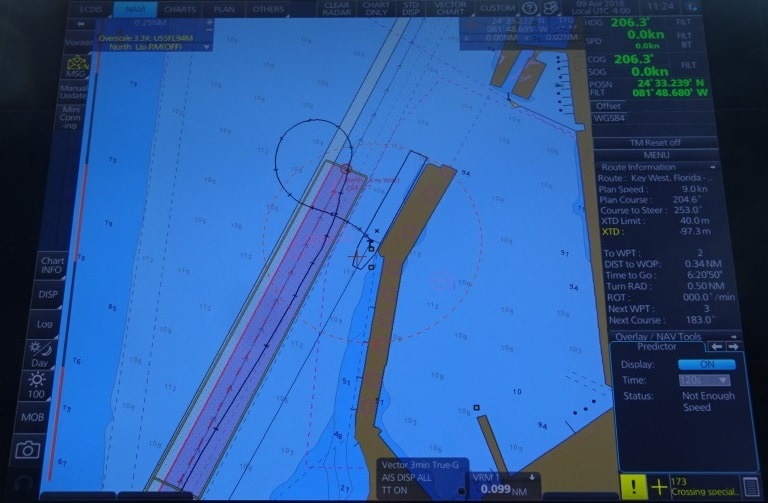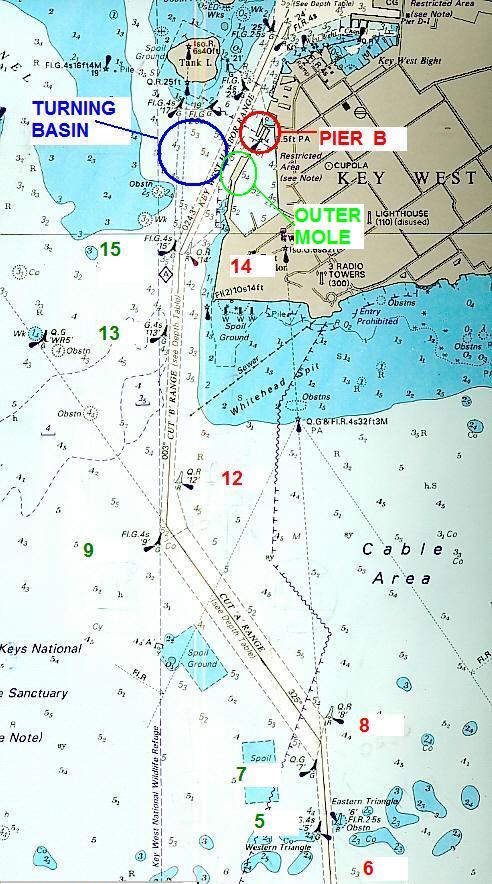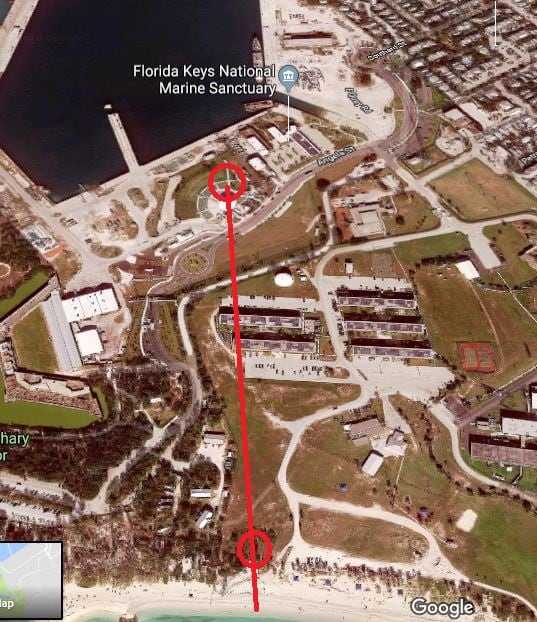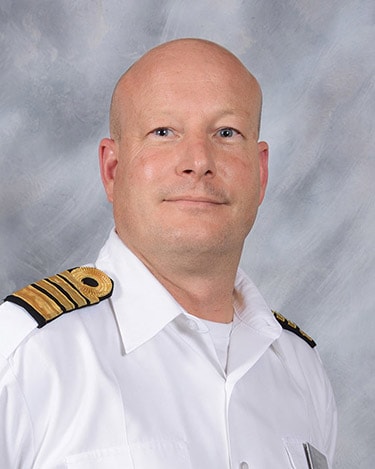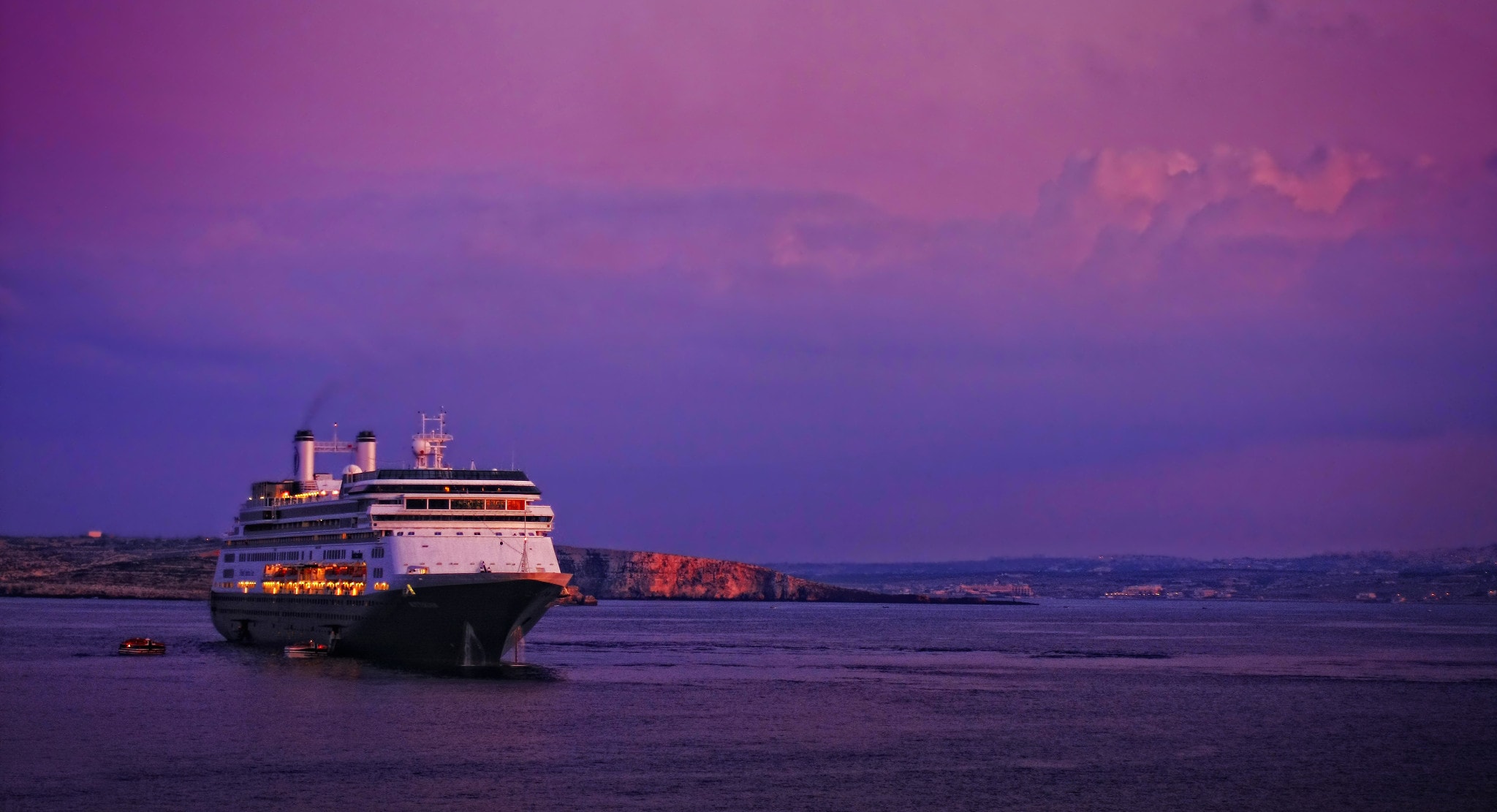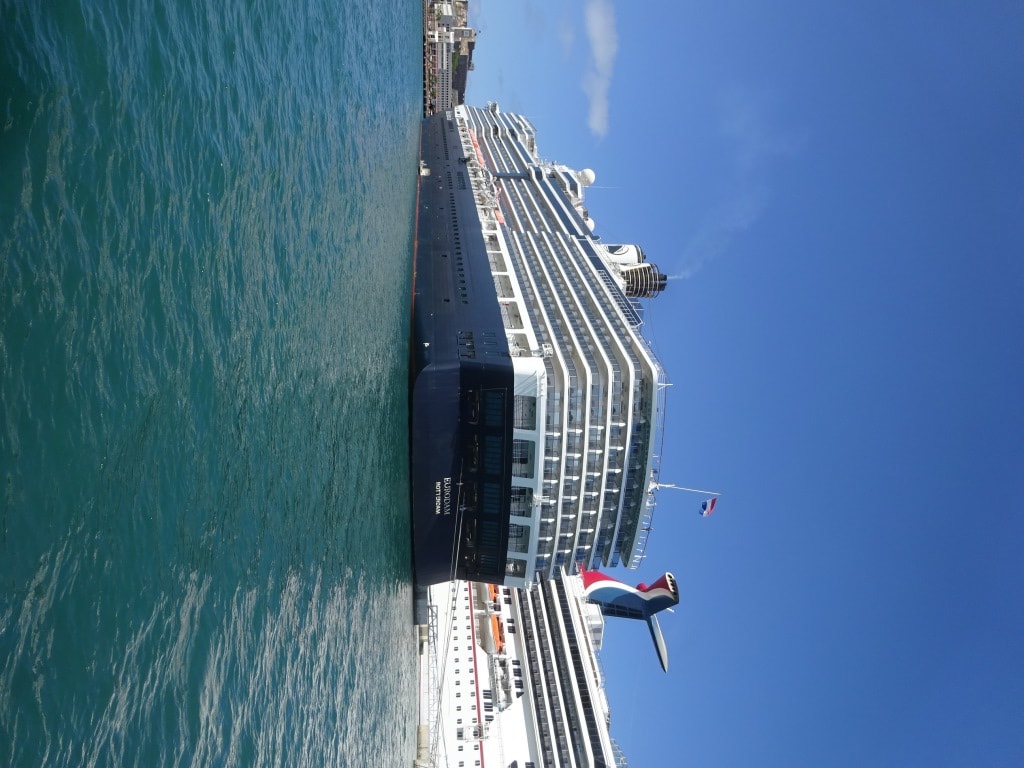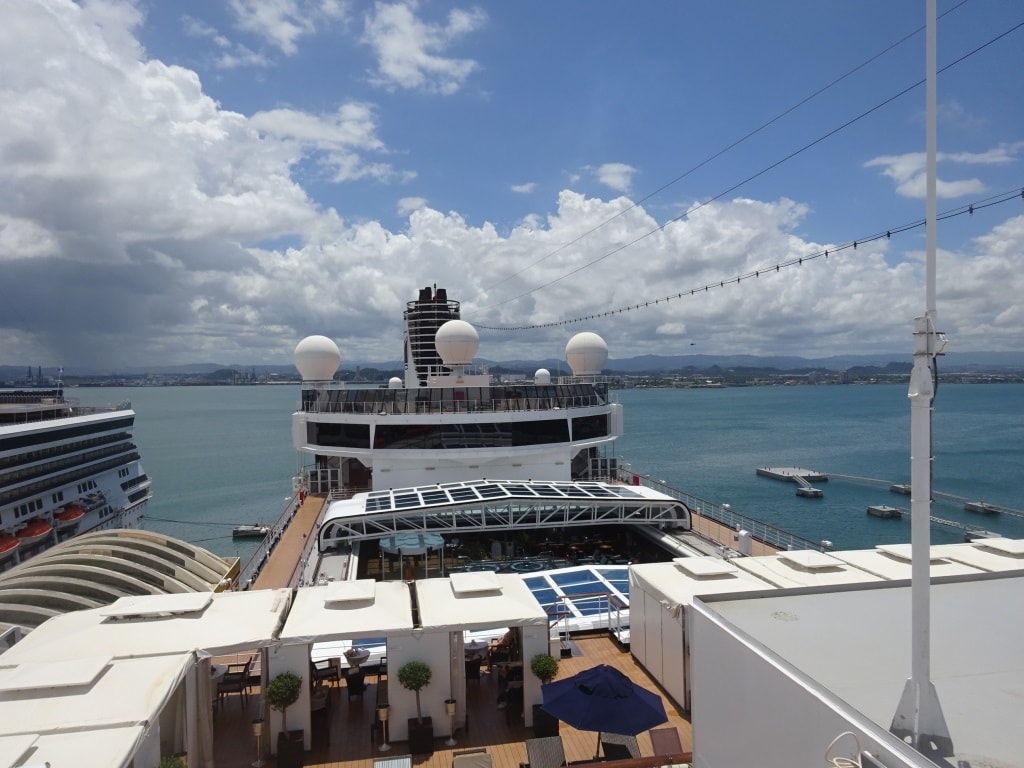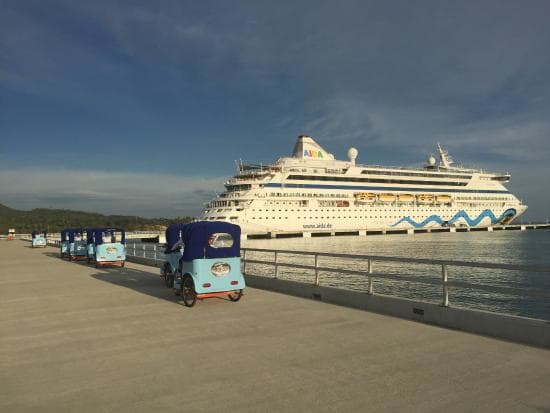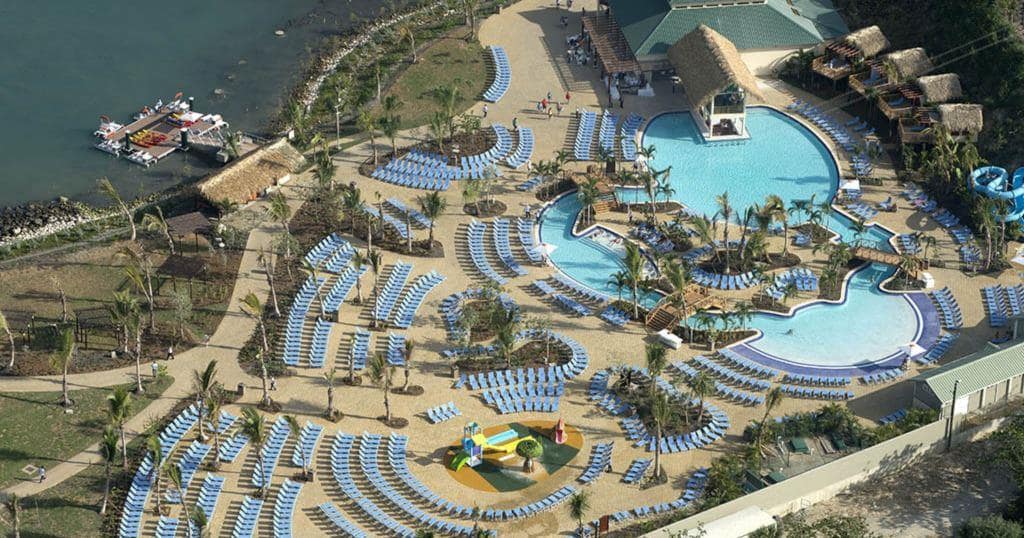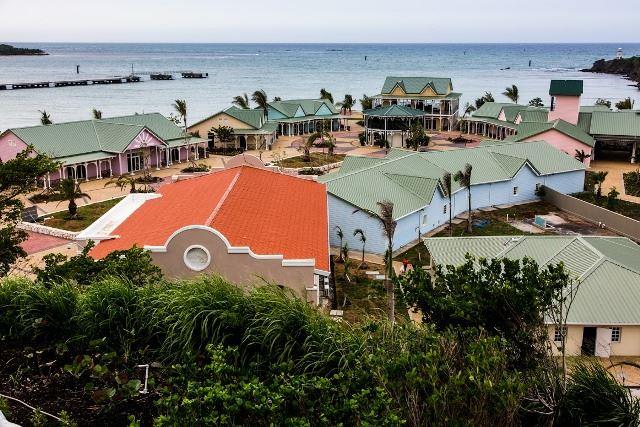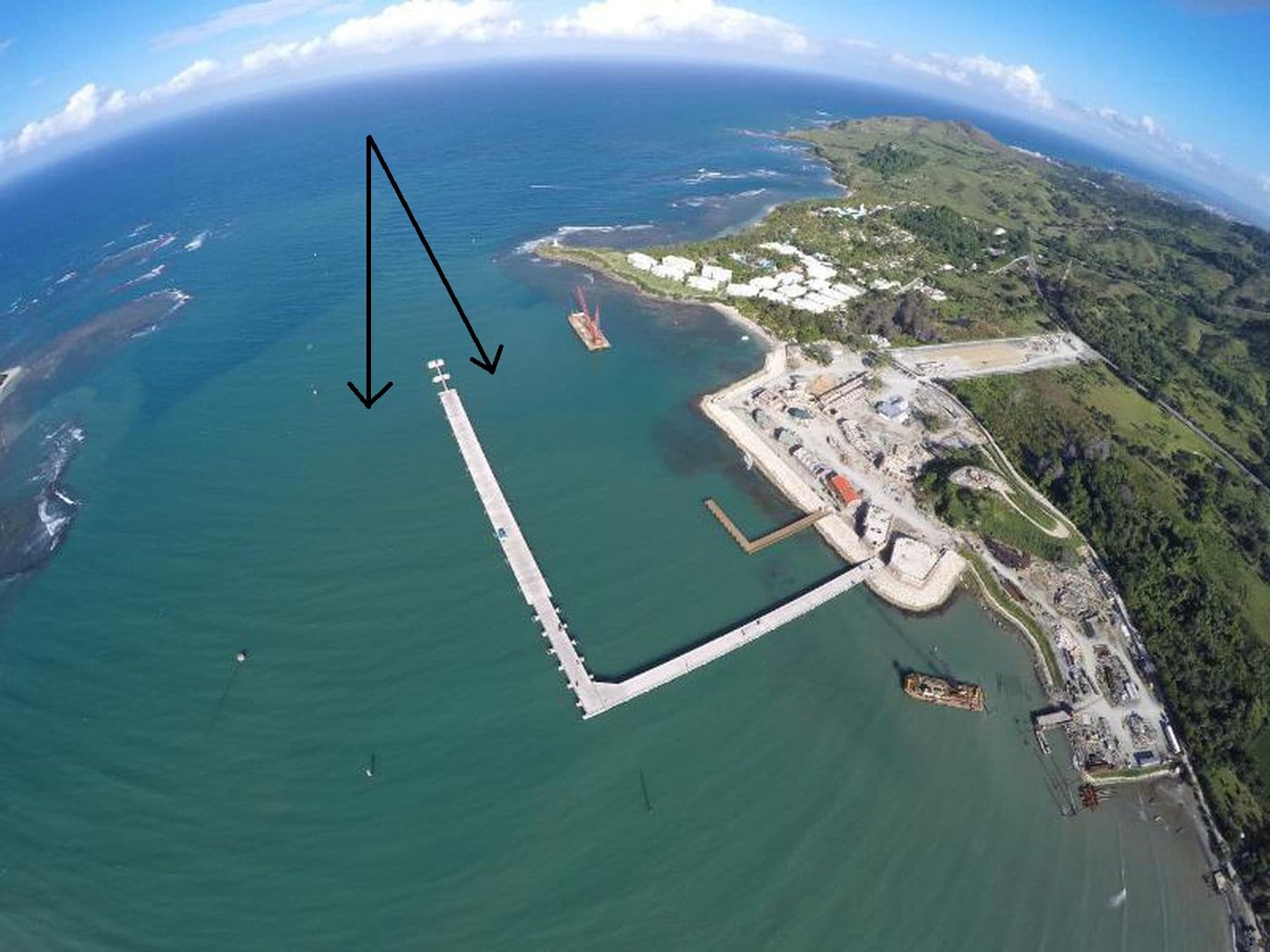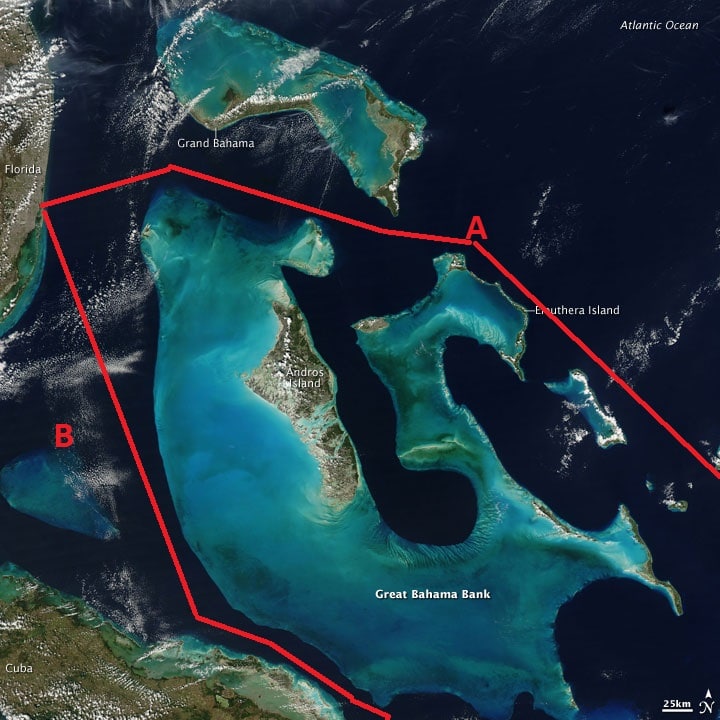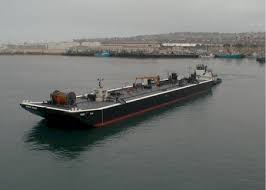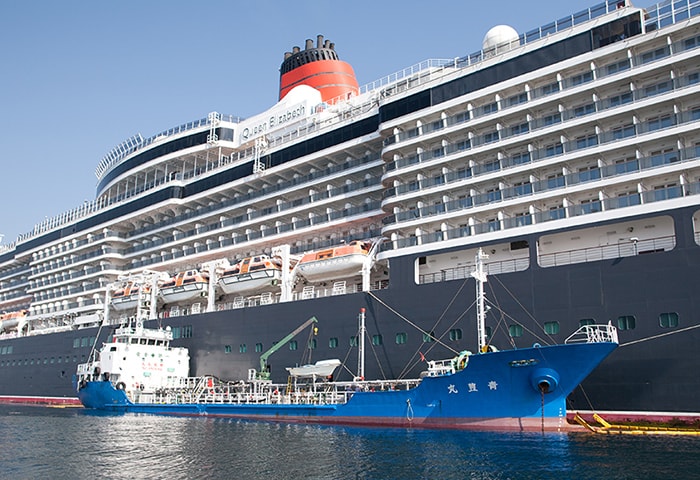After leaving Costa Maya we set a rather straight course for Tampa Sea buoy. Rather straight because it is an almost straight line. We can sail straight from the Caribbean into the Western edge of the Straits of Florida and then into the Gulf of Mexico. Arriving in the early morning hours at the sea buoy and then sail towards the pilot station. What time that exactly will be is a little bit up in the air, as we have to follow the Rhapsody of the Seas. She was with us in Costa Maya, has been sailing next to us all day, but will be docking behind us in Tampa and thus has to go to the berth first. Once she is in, the Rotterdam will dock in the terminal in front of her and there is no space to go around the Rotterdam once she is docked. The channels in inner Tampa Bay are not very wide.
Although we have been on only a 7 day cruise, we have been quite busy with time changes. As the USA went to summer time and most of Middle America does not, we had to adjust the clocks twice back, and twice forward. The USA – Florida is now on GMT – 4 hours and Roatan and Santo Tomas are on GMT – 6 hrs. so the clocks went back twice between Key West and Roatan. Nobody complained about that one and everybody stayed out later in the ship, making the Bar Manager a happy man and everybody still gets a good night sleep. But then we have to go the other way. East Mexico, which includes Costa Maya is on GMT – 5 hrs. and thus we go an hour forward. Not nice and the guests still have to get up early to go ashore. Then from Costa Maya to Tampa we have to get back on Florida time and thus we go another hour forward. Today is a sea day and guests did not feel the need to get up and that gave an extremely quiet Lido this morning at 06.30 hrs. when I go for breakfast. On sea day’s breakfast starts at 07.00 hrs. but as most experienced cruisers know, continental breakfast is already available much earlier. I try to stay away from a full breakfast and its related temptations as the middle age weight battle has become a daily focus.
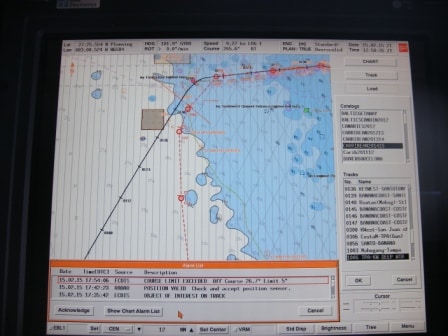
The Tampa Seabuoy is far out to open sea and marks the channel entrance, that gives the ships safe passage through the Tampa Bay shallows.
Our route takes us all the way to the top of Tampa Bay. But of course as we are humans (see my blog about names of part of the Caribbean Sea some time ago) we have to make things difficult by giving different names to the same bit of water. If you want to be docked at 07.00 hrs. for work, you aim from 06.00 hrs. alongside. The transit is anywhere between 3 or 4 hrs. and thus you have to be at the pilot station between 02.00 and 02.30. Thus most ships aim for the sea buoy for 02.00 hrs. and if there are more ships they normally follow each other two miles apart. The pilots board about halfway up the outer channel at buoys 9 and 10. Then with speeds of anything between 6 and 12 knots the ship follows the winding channels through shallow and muddy Tampa Bay.
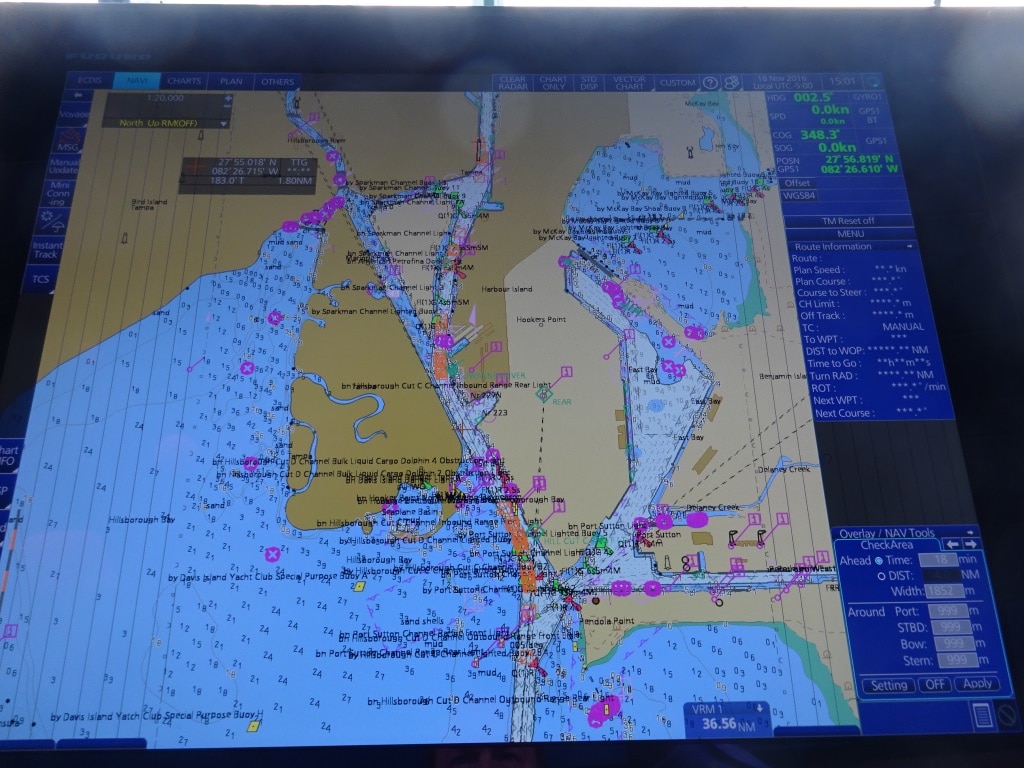
The narrow entrance to the cruise terminal called Sparkman Channel. To the right is a larger area and in the 80’s we had the cruise terminal there, appropriately called “Holland Terminal”. But for political/development reasons the cruise ships moved to down town and the area to the right is now cargo ship only.
First the Lower Tampa Bay, which starts after the Sunshine Skyway Bridge and there we are normally 45 minutes after the pilot is on board. Then we reach middle Tampa Bay. This is where the Channel splits at the T junction. The West channel goes to St. Petersburg and the East channel goes to Tampa. Then about 90 minutes before docking we enter Hillsborough Bay, the upper right side of the Bay. The upper left side is called Old Tampa Bay. Here we pass the famous buoy Hillsborough 9, which holds the distinction of being the most hit buoy of Tampa Bay, by ships coming by. Mostly with windy weather as the channel makes a tight turn here. From this moment the ships speed has to come down to 10 knots and later to 8 knots to avoid erosion on the banks to the east. Then 1 hr before docking we enter Sparkman channel, which is really too narrow for the cruise ships but they cannot dredge very much as there are houses on one side and oil tanks and related at the other side. 30 minutes before docking we are then in the turning basin opposite the Aquarium and then the ship backs up to the cruise terminal assigned. 10 minutes past docking the captain is back in bed after having kept for a 4 hrs. period a close eye on the approach sailing in, pilots activities and the docking the ship.
Weather: Dry with a moderate breeze on arrival. Strong winds with rain and thunder storms around noon time and early afternoon. It is supposed to get calm wind again just before departure. We might just be lucky and we need it to get to Key West on time.
